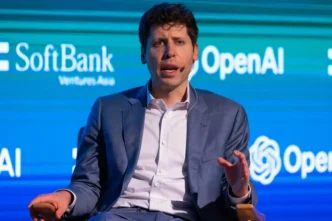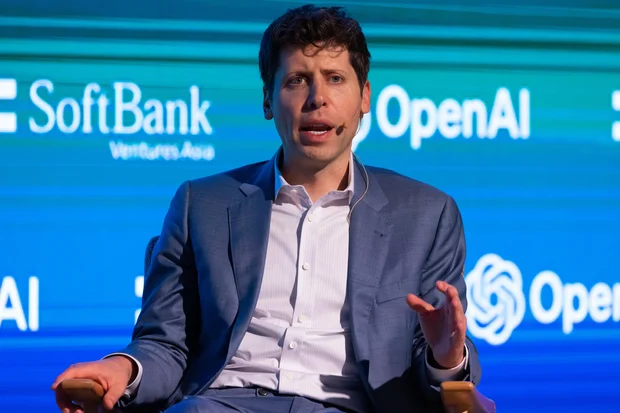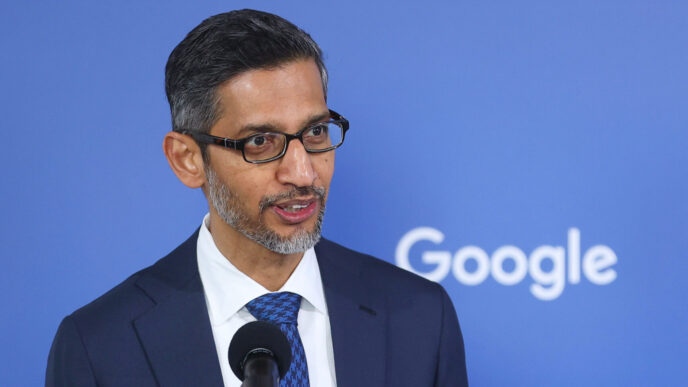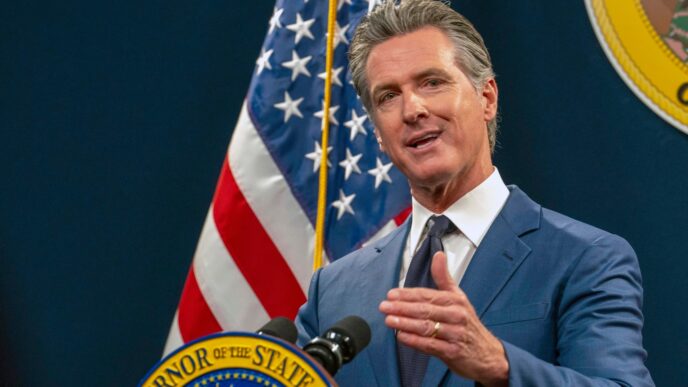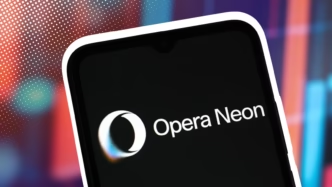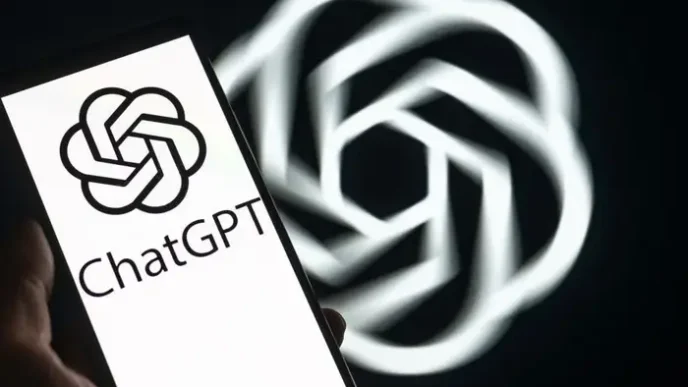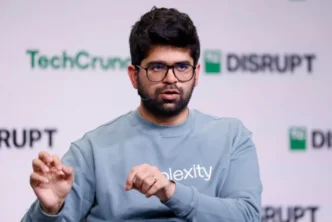ChatGPT group chats are now rolling out globally, giving millions of users a new way to collaborate inside the AI tool they already rely on. OpenAI announced the launch on Thursday, expanding access to everyone on Free, Go, Plus, and Pro plans. The update comes just a week after a limited test in countries like Japan and New Zealand, but the company says it’s now ready for the world.
The idea behind ChatGPT group chats is simple. Instead of chatting with the AI alone, users can bring in friends, family, and teammates to plan, organize, debate, and create together. It shifts ChatGPT from a one-on-one assistant into something more social, almost like a shared workspace where people and AI brainstorm side by side.
OpenAI sees group chats as a natural next step in how people use ChatGPT. Many users already rely on the tool to compare options, summarize ideas, or break down complex decisions. Now, multiple people can do that in the same conversation. Whether it’s planning a trip, settling a disagreement, co-writing a document, or breaking down research, the company believes that shared conversations make the process faster and more enjoyable.
Up to 20 people can join a ChatGPT group chat once they accept an invite. Every person keeps their own settings and memory private. Even though everyone is in the same space, OpenAI says the AI won’t surface anything tied to a user’s personal preferences unless the person asks it to. The setup aims to feel collaborative without compromising privacy.
Starting a group chat feels straightforward. Users tap the people icon, add participants, or send out a link. When someone joins for the first time, they set up a short profile with a name, username, and photo. It’s meant to make the space feel real and personal, instead of an anonymous thread with disconnected messages.
If someone joins an existing conversation, ChatGPT creates an entirely new chat instead of blending them into the current one. OpenAI says this prevents older conversations from being disrupted, which keeps the history clean and avoids dragging new participants into discussions meant for a smaller group.
Inside these group chats, ChatGPT plays an active but respectful role. The AI knows when to contribute and when to stay quiet. It won’t jump in unless someone tags it by name. Users can ask it to compare options, summarize what happened so far, or clarify the last few messages. It can also react to posts with emojis and reference profile photos to make interactions feel more natural.
With this update, ChatGPT begins to feel less like a single-player tool and more like a casual, AI-enhanced social environment. OpenAI says this is intentional. The team wants ChatGPT to become a space where people come together to think, decide, and build—not just a chatbot that answers individual questions.
In an email to TechCrunch, the company said ChatGPT group chats are just the beginning. Over time, they expect the AI to take on a stronger role in real conversations, helping people move from planning to real action. OpenAI imagines moments where ChatGPT becomes a shared assistant that helps groups coordinate tasks, track decisions, and get things done as naturally as talking with each other.
The announcement also lands shortly after the release of GPT-5.1, which introduced faster Instant and deeper Thinking models. With group chats, those models now become even more useful because they can support multiple people working together at once. It echoes a broader shift in OpenAI’s strategy, which has been inching toward social and collaborative experiences.
Earlier in the year, the company launched Sora, a social-style app that lets users generate short videos featuring themselves and their friends. The app uses an algorithmic feed similar to TikTok, showing that OpenAI is steadily exploring the social side of AI, not just productivity and enterprise use cases.
The launch of ChatGPT group chats reinforces this direction. Instead of keeping AI interactions lonely and transactional, OpenAI is making them shared, lively, and more human. The company appears to believe that AI becomes more powerful when it sits at the center of group activity rather than at the edge of it.
With the global rollout now underway, the way people use ChatGPT may start to shift. Teams might plan projects directly in the app. Families could coordinate travel faster. Students could collaborate on homework without bouncing between apps. Friends could brainstorm ideas for side hustles or creative projects. Each of these moments becomes easier when everyone can see the same conversation unfold in real time with an AI that knows how to support the flow.
ChatGPT group chats also mark one of the clearest signs that AI tools are merging with everyday communication. While messaging apps like WhatsApp, Messenger, or Slack bring people together, ChatGPT brings information, reasoning, and assistance into the mix. This combination feels like a natural evolution as AI grows more capable and more integrated into daily life.
As ChatGPT evolves, OpenAI hints that the product will continue to blur the line between communication and computation. Today’s update brings people together in shared chats. Tomorrow may introduce tools that help groups move from discussion to execution, turning ChatGPT into a hub for collective thinking and action.
For now, users can start creating group chats and testing how this new feature fits into their workflow. It’s a simple idea with big potential, and it represents another step toward making AI feel less like a tool you use alone and more like a companion that joins your community, your plans, and your decisions.
